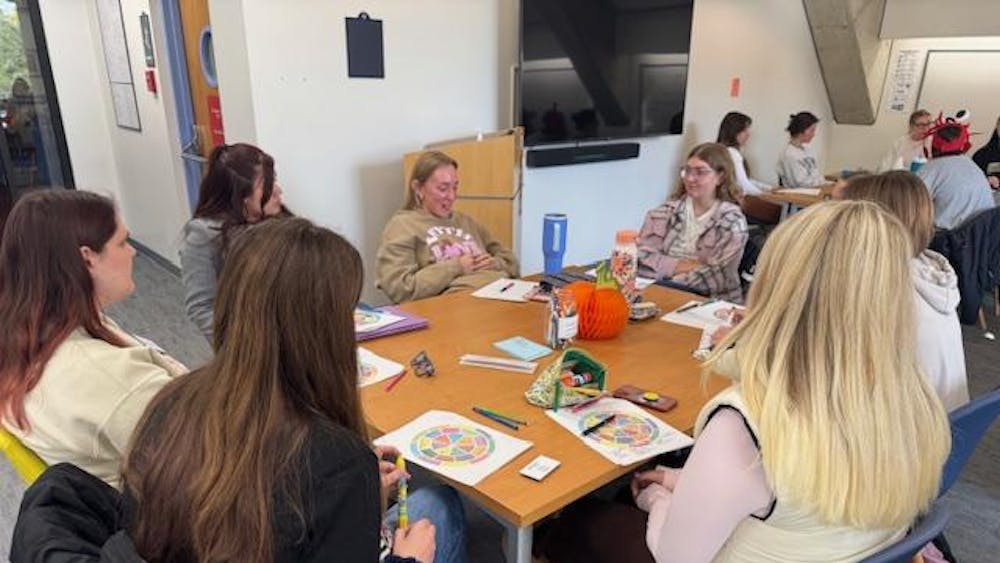A newly formed Notre Dame student group is dedicated to building a fully functioning Mars rover from scratch. The Domer Rover club hopes to compete in the University Rover Challenge. The competition, held annually at the Mars Desert Research Station (MDRS) near Hanksville, Utah, focuses on each step of the learning process along the way.
The founding members are sophomores Dorothy Crumlish, Matthew Egan, Sean Egan and Griffin Vrdolyak. Crumlish, a mechanical engineering major originally from South Bend, is president of the club. “I was sort of the one who brought it to the table, and then took the lead on it,” she said.
Across the country, schools like the University of Wisconsin-Madison, Brigham Young University and the University of Michigan, the reigning champions, have official Mars rover clubs dedicated to competing in the University Rover Challenge. The group saw these other schools and thought to bring the idea to Notre Dame.
They began to organize the club at the end of last fall semester and continued to meet once a week throughout the following spring, sorting through administrative logistics like funding and coordination with SAO. “We’re not an official club yet,” Sean Egan, a mechanical engineering major, said. “But if you’re interested, there’s a role for you.”
This semester they have met often with their advisor Paul Rumbach, an associate teaching professor of aerospace and mechanical engineering, and looked at smaller models of rovers. Soon they will split into teams and start building their own rover from scratch. The group has access to 3D printers through the College of Engineering and can print the necessary parts.
“It's going to be a lot of hands-on stuff,” Vrdolyak, also a mechanical engineering major, said. No prior experience building rovers is necessary to be a part of the club, he said. “We're gonna be learning along with everyone else, and we think it's a great opportunity to explore a part of engineering that a lot of people don't get to see,” Vrdolyak said.
In the competition, the rover has four missions it must successfully complete. The first is the science mission, where part of the rover’s job is to “collect soil samples and analyze them for life,” Crumlish said. The extreme retrieval and delivery mission requires the rover to navigate irregular terrain, as if it were on Mars, and deliver something to the “astronaut.” The equipment servicing mission tests the rover’s ability to perform “dexterous” operations, including typing on a keyboard, flipping switches and fixing various objects, she said. The last is the autonomous navigation mission, where the rover must go through a series of different gates, testing its capability to navigate a challenging environment on its own.
There are multiple stages of judging before making it to the competition in Utah. The preliminary design review is due this December, and a system acceptance review is due in March 2023. The system acceptance review consists of a video sent to the Mars Society, which runs the competition, of the rover doing all four missions. The Mars society then picks around 30 to 40 teams to continue on to the final competition, currently set to take place in June 2023.
Though the competition is the ultimate end goal, right now, the club is focused on the learning process. This semester they hope to actually build a rover, even if it isn’t to full scale. Once the rover is built, it will be given a name. “We all have some ideas,” Crumlish said.
“Our goal for this year is basically just to learn as much about the design process and the manufacturing process of building a Mars rover,” Vrdolyak said. “And then, you know, a few years down the road, maybe before I graduate, we can win it all and finally beat Michigan.”









